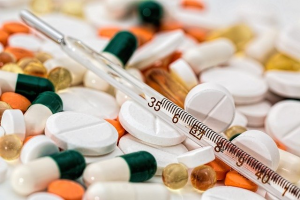The Danish researchers Niels Hadrup and Gitte Ravn-Haren have published a comprehensive study of the absorption, distribution, metabolism, and excretion of selenium obtained from food and from nutritional supplements [Hadrup 2021].

Here we summarize their findings with respect to selenium in selenium-enriched yeast supplements. We do this for two reasons:
- Selenium-enriched yeast supplements contain more than 20 different species of selenium in addition to the species selenomethionine. It may be that some of the selenium species other than selenomethionine – for example, the selenocysteine-se-methylselenocysteine compound – account for selenium’s protective effect against cancer [Larsen 2004].
- Selenium-enriched yeast supplements have been shown to reduce bio-markers of oxidative stress whereas pure selenomethionine supplements have not [Richie 2014].
Absorption of selenium from selenium-enriched yeast preparations
In a 2008 paper, researchers reported having given healthy elderly individuals 100, 200 or 300 mcg selenium in a selenium-enriched preparation daily for a period of 5 years. The supplementation resulted in mean plasma levels of 165, 221, and 260 mcg/L, respectively. In the control group, given a placebo for 5 years, the plasma selenium concentration was 92 mcg/L [Ravn-Haren 2008].

